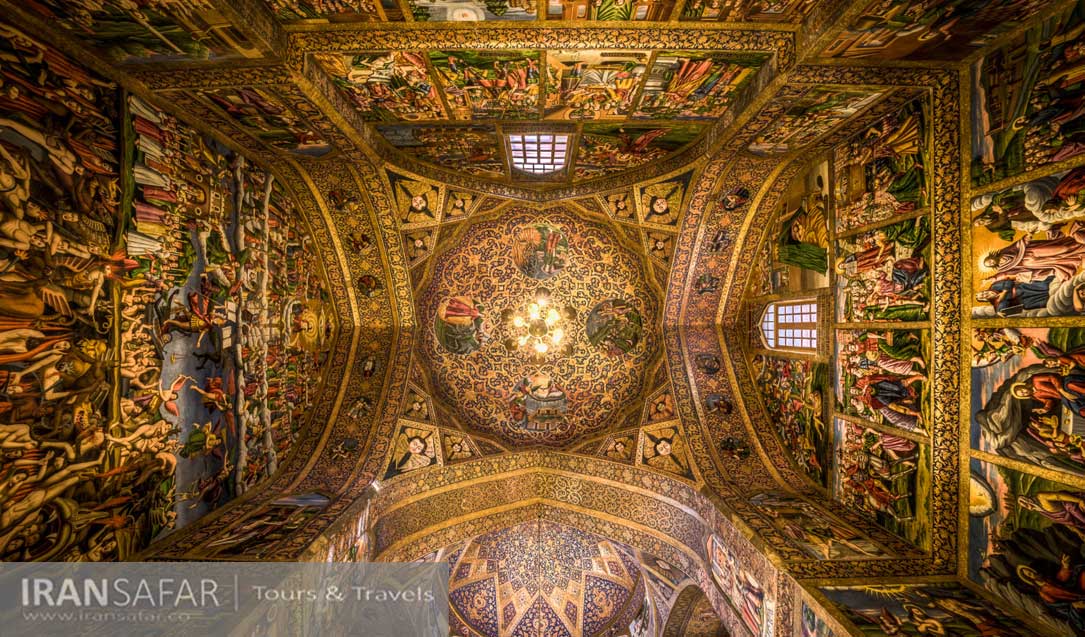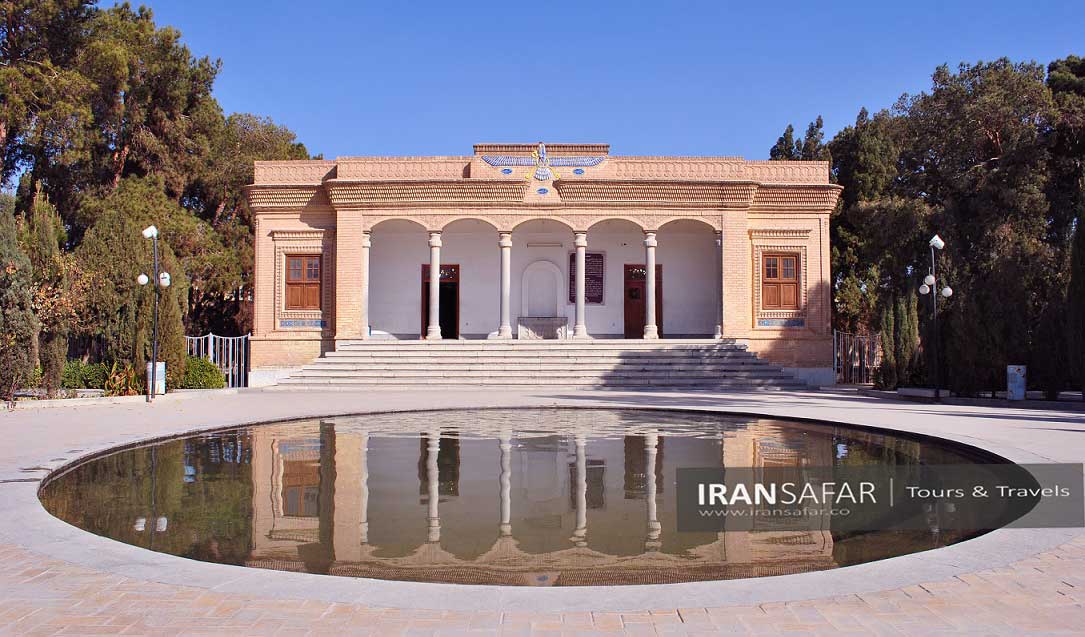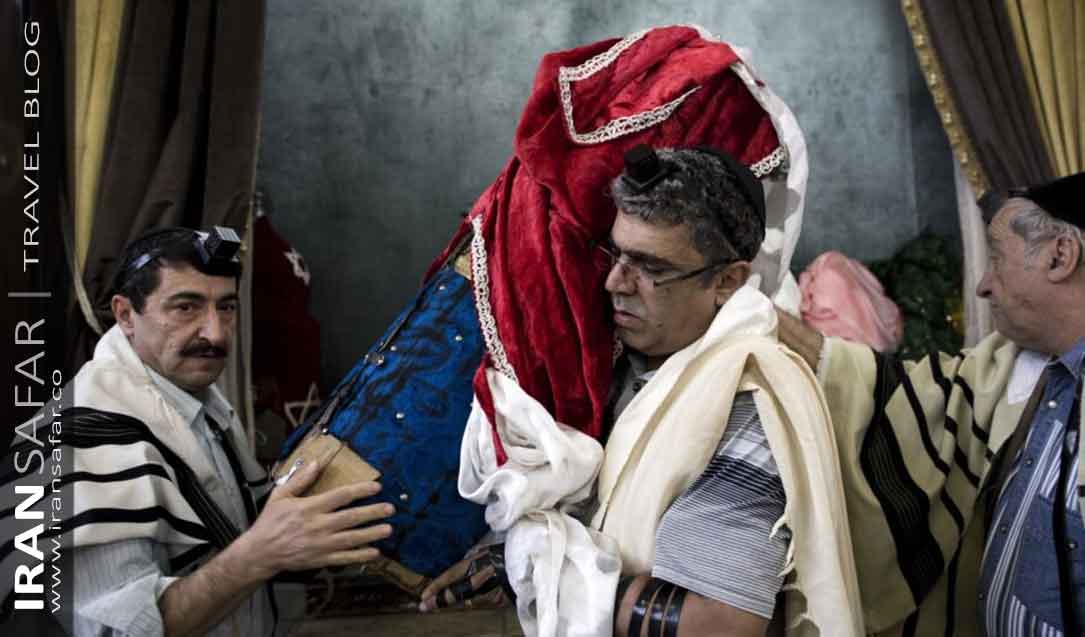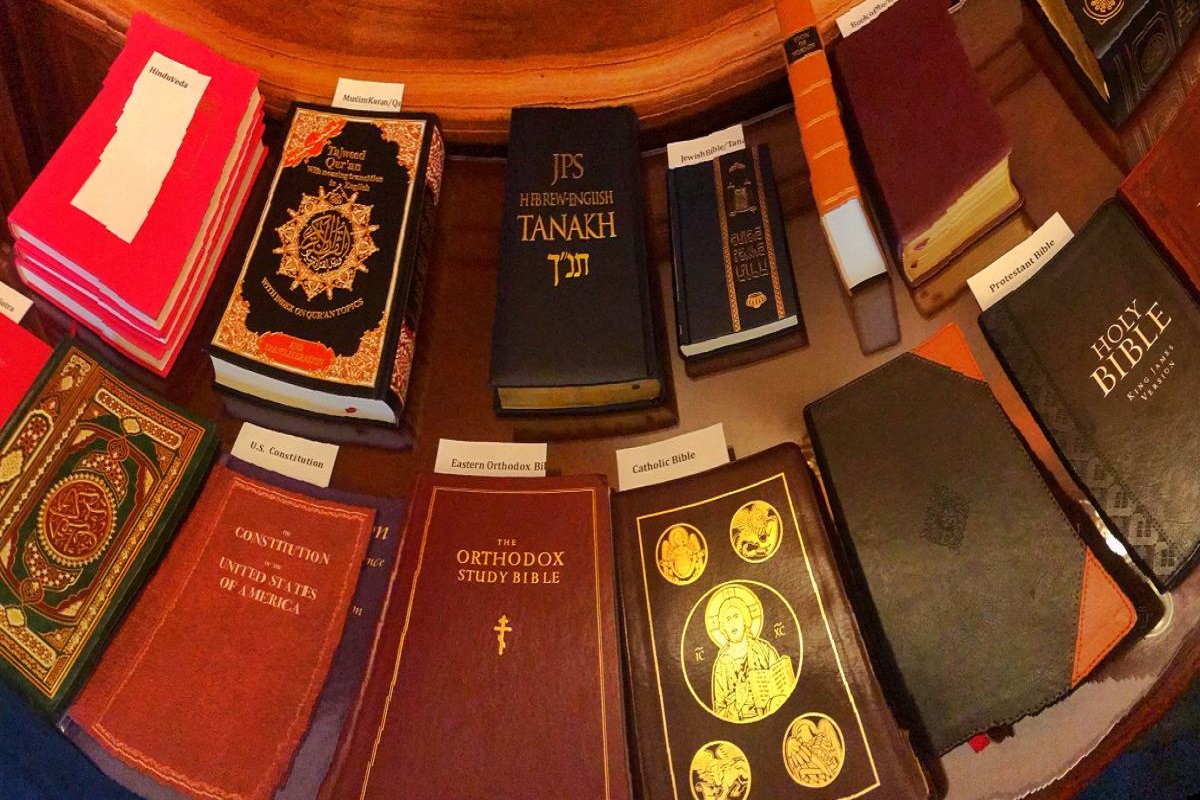Iran, a country with a rich cultural heritage and a storied history, is home to a diverse range of religious beliefs and practices. The nation serves as a melting pot of different faiths, with adherents of various religions coexisting harmoniously. In this comprehensive article, we delve into the captivating world of religions in Iran, exploring their origins, tenets, and cultural significance. From the dominant faith of Islam to the lesser-known religious communities, we uncover the tapestry of beliefs that have shaped the spiritual landscape of this ancient land.
Religions in Iran: A Historical Overview
The religious landscape of Iran is deeply rooted in its historical development. Throughout different periods, numerous religions have taken root and flourished within its borders.
Most Iranians are Muslims. Around 89% belong to Shi’a or Shi’it branch of Islam, the official state religion, and about 9% belong to the Sunni branch of Islam. The remaining 2% are non-Muslim religious minorities, including Zoroastrians, Jews, Christians, Mandeans, Hindus, and Yarsanis . The first three minority religions in Iran are officially recognized and protected, and have reserved seats in the Iran parliament.
Islam religion in Iran
Islam, the most prevalent religion in Iran, was introduced to the region in the 7th century CE and has been the official religion and part of the governments since the Islamic conquest of Iran circa 640 CE. This conquest transformed the religious landscape, establishing a foundation that endures to this day. It took another few hundred years for Shi’a Islam to gather and become a religious and political power in Iran in 16th century. Although Shi’a believers have lived in Iran since the earliest days of Islam, and there had been Shi’a dynasties in parts of Iran during the 10th and 11th centuries, the majority of Iranian scholars and masses remained Sunni till the time of the Safavid Empire.
Shi’a Islam
Today Islam is the religion of 98% of Iranians of which approximately 89% are Shi’a – a branch of the faith.
Shi’a became the dominant sect within Iran, distinguishing it from other predominantly Sunni Muslim nations. Shia Islam’s spiritual and political influence shaped history of iran, culture, and governance, making it a crucial element of the nation’s identity.
Today, Iran is often associated with Shia Islam, given its majority Shia population. Shia Islam emerged as a result of the historic schism within the Islamic faith, which divided Muslims into two major sects: Sunni and Shia. While Sunni Islam is more prevalent globally, Shia Islam finds its stronghold in Iran, where it serves as the state religion.
Shia Islam’s spiritual and religious practices permeate all aspects of Iranian society. It influences the legal system, social norms, and cultural celebrations. Iran is home to numerous grand mosques and shrines that attract millions of pilgrims from around the world, adding to the country’s spiritual allure.
Twelever Shi’ism
Almost all of Shi’a within Iran are considered Twelvers. The term Twelver refers to its adherents’ belief in twelve divinely ordained leaders, known as the Twelve Imams. It is based on the belief that twelve male descendants from the family of prophet Muhammad, starting with Imam Ali and ending with Muhammad al-Mahdi, are Imams who have religious and political authority.
There are approximately 150 million to 200 million Twelvers in the world today, making the majority of the total populations of Iran, Iraq, Bahrain and Azerbaijan.
Sevener Shi’ism
the second-largest branch of Shia Islam after the Twelvers is the Nizari Ism’ailism Shi’a, sometimes referred to as Seveners. Some of the sevener believers fled Iran to South Asia, especially Mumbai, in the 1840s after a failed coup against the Shah of the Qajar dynasty while many still remain scattered throughout Iran.
The difference between Twelver and Sevener
The terms Sevener and Twelver, derived from the belief in how many divinely ordained leaders there were who are descendants of the Islamic prophet Muhammad through his daughter Fatimah and his son-in-law ‘Alī. These Imams are considered the best source of knowledge about the Qur’an and Islam, the most trusted carriers and protectors of Muḥammad’s Sunnah (habit or usual practice) and the most worthy of emulation.
Ismailis (seveners) are Shi’a Muslims who claim that Ismail, the eldest son of Imam Jaffar, was the rightful ruler of all Muslims. They are also known as the “Seveners”, because Isma’il was the seventh and, according to them, the last Imam. They believe that Imam Jafar appointed Ismail to be the Seventh Imam while Shia Twelvers, those who accept the first Twelve Imams, believe that Jafar, the Sixth Imam, passed over his eldest son, Ismail, in favor of Ismail’s brother Musa al Kazim.
In addition to the lineage of Imams, Twelvers have their preferred hadith collections – The Four Books – which are narrations regarded by Muslims as important tools for understanding the Quran and in matters of jurisprudence. For Twelvers the lineage of Imams are known as the Twelve Imāms. Of these Imams, only one is buried in Iran – Imam Reza who lived from 765 – 818 AD, before any Shi’a dynasties arose in Iran.
The last Imam recognized by Twelvers, Imam Mahdi, was born in 868 AD as the Alavids spread their rule in Iran while in conflict with the Abbasid Caliphate.
Sunni Islam
Sunni Muslims are the second largest religious group in Iran.it came to rule in Iran after the period Sunni were distinguished from Shi’a through the Ghaznavids from 975 AD, followed by the Great Seljuq Empire and the Khwārazm-Shāh dynasty until the Mongol invasion of Iran.
About 9%of the Iranian population are Sunni Muslims – mostly Kurds in the northwest, Arabs and Balochs in the southwest and southeast, and a smaller number of Pashtuns and Turkmens in the northeast.
The predominant school of theology and jurisprudence (Madh’hab) among Sunnis in Iran is Hanafi, established by Abu Hanifa an-Nu‘man.
Sufi Islam
The Safavid Sufi order, originates during the Safavid period. A later order in Persia is the Chishti. The Nimatullahi are the largest Shi’a Sufi order active throughout Iran and there is the Naqshbandi, a Sunni order active in the Kurdish regions of Iran. The Oveyssi-Shahmaghsoudi order is the largest Iranian Sufi order which currently operates outside Iran.
Famous Sufis include al-Farabi, al-Ghazali, Jalāl-ad-Dīn Rūmī and Hafiz. Rumi’s two major works, Dīwān-e Šams and Maṭnawīye Ma’nawī, are considered by some to be the greatest works of Sufi mysticism and literature.
Christianity in Iran
Christianity, introduced to Iran in the early centuries CE, has a long and complex history within the country. Although a minority religion, it has left an indelible mark on the cultural and religious tapestry of Iran. Armenian Christians, Assyrians, and other Christian communities have preserved their traditions and continue to practice their faith, adding diversity to the religious landscape.
There are some very old remarkable churches in Iran, perhaps the oldest and largest is Tatavous Vank ( St.Tatavous Cathedral), which is also called the Ghara Kelissa (the black monastery) south of Makou city. By far the largest group of Christians in Iran are Armenians under the Armenian Apostolic Church composing over 200,000 of the estimated almost 300,000 Christians. There are hundreds of Christian churches in Iran.
 Vank Cathedral, Armenian church in Isfahan, Iran
Vank Cathedral, Armenian church in Isfahan, Iran
The Armenian church is organized under Archbishop Manukian since at least the 1980s. Unofficial estimates for the Assyrian Christian population range between 10,000 and 20,000. Christian groups outside the country estimate the size of the Protestant Christian community to be fewer than 10,000, although many may practice in secret.
Christians of Iran have played a significant part in the history of Christian mission. While always a minority the Armenian Christians have had an autonomy of educational institutions such as the use of their language in schools.
Zoroastrianism in Iran
Zoroastrianism, one of the world’s oldest known religions, emerged in ancient Persia, present-day Iran. Founded by the prophet Zoroaster, it laid the foundations for the moral and ethical values that greatly influenced subsequent religious and philosophical systems. The religion centers around the concept of dualism, with the eternal struggle between good and evil at its core. Though its adherents constitute a small minority in modern Iran, Zoroastrianism continues to hold cultural and historical significance.
Zoroastrians in Iran have had a long history reaching back thousands of years, and is the oldest religious community of Iran to survive to the present-day. Prior to the Muslim Arab invasion of Persia (Iran), Zoroastrianism had been the primary religion of Iranian people. Zoroastrians mainly are ethnic Persians and are concentrated in the cities of Tehran, the city of Kerman, and Yazd. The Islamic Republic government estimates the number of Zoroastrian is 20,000, Zoroastrian groups in Iran say their number is approximately 60,000.
Since the fall of the Sasanian Empire by the Arab conquest of Persia, Zoroastrians have periodically faced some religious oppression that has led to a massive diaspora community across the world, in particular the Parsis of India, who number significantly higher than the Zoroastrians in Iran.
 Zoroastrian Fire Temple, Yazd, Iran
Zoroastrian Fire Temple, Yazd, Iran
Judaism in Iran
With its roots stretching back millennia, Judaism has also played a significant role in Iran’s religious history. It is one of the oldest religions practiced in Iran and dates back to the late biblical times. The biblical books of Isaiah, Daniel, Ezra, Nehemiah, Chronicles, and Esther contain references to the life and experiences of Jews in Persia.
Iranian Jews have maintained their distinct cultural and religious practices, fostering a vibrant Jewish community that coexists alongside other religious groups in the country. Iran supports by far the largest Jewish population of any Muslim country, estimated to be 25,000, though estimates vary, as low as 11,000 and as high as 40,000. Emigration has lowered the population of 75,000 to 80,000 Jews living in Iran prior to the 1979 Islamic revolution. According to The world Jewish Library, most Jews in Iran live in Tehran, Isfahan (3,000), and Shiraz. BBC reported Yazd is home to ten Jewish families, six of them related by marriage, however some estimate the number is much higher. Historically, Jews maintained a presence in many more Iranian cities.

Religious Minorities in Iran
Alongside the dominant Islamic faith, Iran is home to several religious minorities. These communities, with their distinctive beliefs and practices, contribute to the religious mosaic of the nation.
Zoroastrians: Preserving Ancient Traditions
Despite being a minority in Iran, Zoroastrians have preserved their ancient traditions and customs for centuries. The Atash Behrams, or Zoroastrian fire temples, hold immense significance for their community. The Yazd province stands out as a hub for Zoroastrian culture, boasting historic sites and thriving communities.
Christians in Iran: A Rich Heritage
Christianity in Iran has diverse roots, with different denominations contributing to its rich heritage. Armenian Christians, Assyrians, and Chaldeans are among the various Christian communities that have maintained their traditions and worship practices in Iran. Churches such as the Saint Thaddeus Monastery and the Vank Cathedral stand as testament to their enduring presence.
Jewish Community: A Symbol of Coexistence
Iran’s Jewish community has a long history, with roots tracing back to biblical times. Despite fluctuations in population size over the centuries, Iranian Jews have enjoyed relative religious freedom and have contributed significantly to Iran’s cultural and intellectual spheres. The Jewish quarter in Tehran, known as the Jewish Ghetto, serves as a testament to their vibrant community.
Conclusion
Religions in Iran form a captivating tapestry, interwoven with the nation’s history, culture, and identity. From the ancient Zoroastrian traditions to the vibrant Shia Islam and the presence of religious minorities, Iran’s religious landscape offers a multifaceted perspective on spirituality and belief. As Iran continues to evolve, its rich religious heritage remains an essential part of its fabric, contributing to the country’s allure and appeal.
FAQs about Religions in Iran



Comment (0)